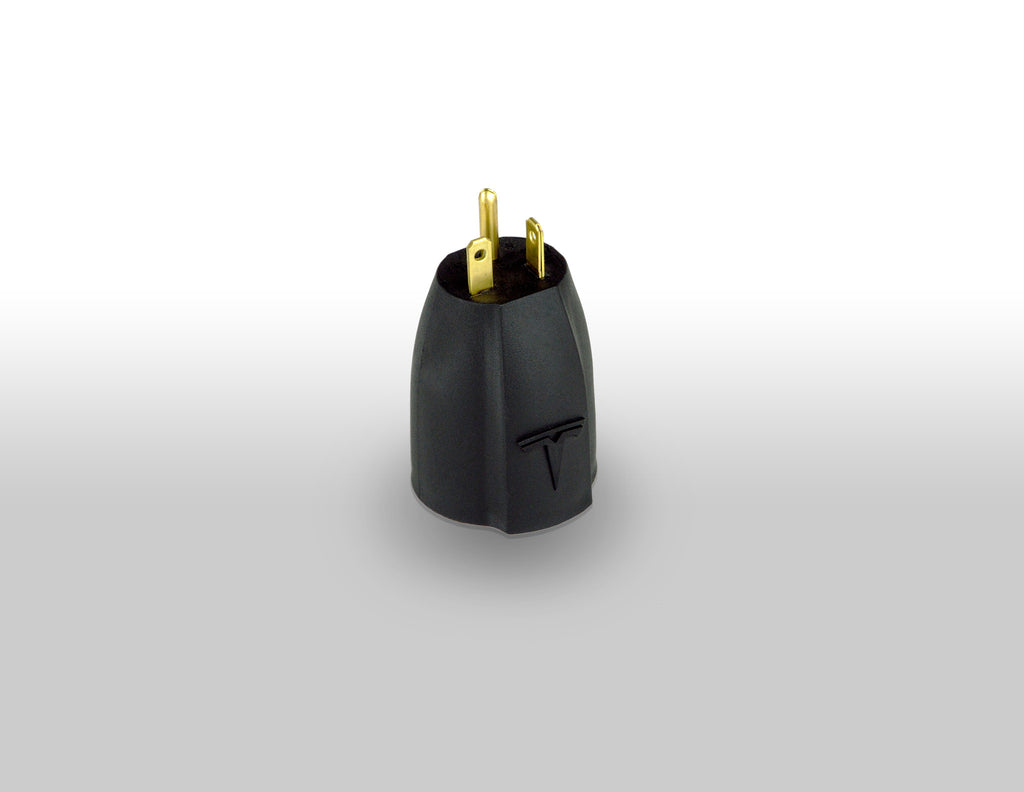I am a Model 3 reservation holder, very excited to use this car as my commuter car. I commute 175 miles to work at a fire station for 48 hour shifts. My plan is to buy the longer range version, cruise to work at 65mph to maximize my range, arrive at work with 50+ miles range left over. My station is quite remote, no supercharger close by. It has plenty of 110v outdoor outlets that I plan to connect to, charging for 48 hours. Tesla removed the calculator, but when it was still on the website, it showed this will get me 150 miles of charge (3 an hour). There is also a 240 volt indoor outlet which I could use with an extension cord, but this would require unplugging appliances.
Does anyone have any tips or thoughts about flaws with this plan? does trickle charging like this have any detrimental effects to the battery life?
Thanks for the help.
Does anyone have any tips or thoughts about flaws with this plan? does trickle charging like this have any detrimental effects to the battery life?
Thanks for the help.



